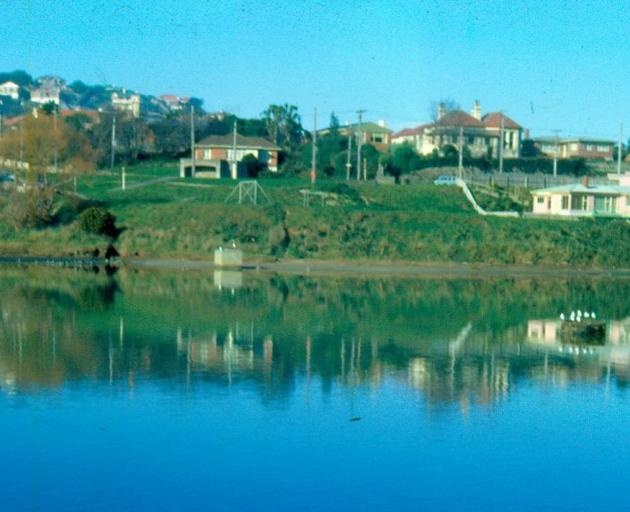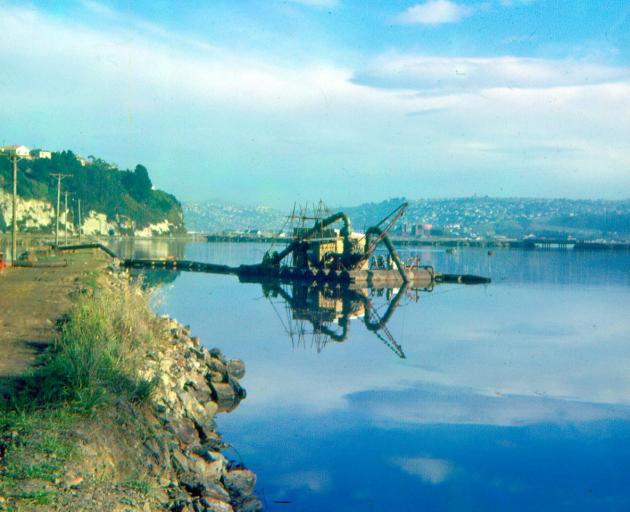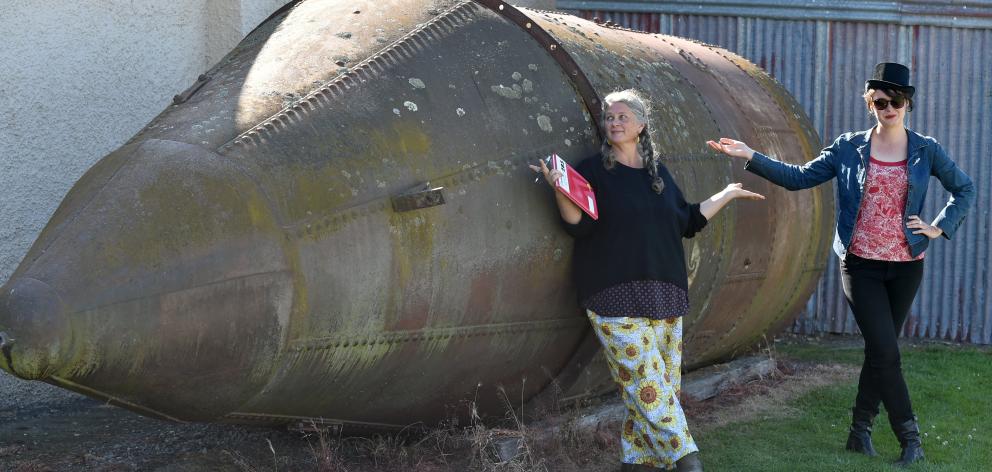
There's clearly a middle ground where graffiti morphs into street art that challenges passers-by or complements the built environment. Some of this art is quite stunning and leaves you wondering how they come up with the ideas and make them happen in often difficult corners of the city where access is nigh-on impossible.
But tagging is simply abhorrent and works in the opposite way to street art, making something nice look ugly rather than vice versa. It is the human equivalent of a dog cocking its leg to mark out its territory.
Recently I came across a team of Taskforce Green workers removing tagging from down near the Dunedin Railway Station. I just wanted to give them a public shout-out and say thanks to them for their often invisible efforts. Ironically, theirs is one of those jobs that, if you're doing it well, there's nothing to see.
It also made me think about the tagging on the Thomas Burns St skate park at the back of the railway lines and on the pedestrian overbridge, and wonder whether this is something somebody at the city council, or at KiwiRail, is actually responsible for cleaning up. Does anyone know?

Stuart Lukeman sent in some amazing photographs of the reclamation work at the Andersons Bay inlet in the early 1960s.
It sounds like my predecessor, Dave Cannan, has covered aspects of this in ''The Wash'' column previously. But I was taken with the photos and have always been interested in recent history, going back, say, 50 years or less, so thought we'd have another go.
Stuart was born in Dunedin and now lives in Canberra. I'll let him take up the story from here.
''As a child I lived nearby and was at Tahuna Intermediate about the time of the photographs. Although the slides I scanned in have a cardboard surround, they are unfortunately not date-stamped (as some were).
''The pink house reflected in the bay, in the first shot, was (later?) occupied by Mr Bob Wright, who was the school janitor at Bayfield High. He became my 'mentor' in later years at that school when I had a choice of gardening with him or being involved in the school cadets.

''The first photo is of the inlet pre-infill and the second shows the dredge and the piping used to pump the sand/sludge over the retaining wall. That piping was floated across the bay on 'rafts' consisting of two 44-gallon drums welded together.
''As a schoolboy I spent many a happy weekend paddling about the bay on those rafts. I could confidently say the 'before' shot would have been taken from that retaining wall about late 1961 and the dredging shot soon after that in 1962.
''I now live in Canberra. In fact I've just returned from Dunedin, after a holiday during which I sought out the Rongo stone (situated near Shore St).
''I was prompted to look for it after watching a programme called The Prophets (sourced from Maori TV but shown here locally on NITV), which gave focus to the use of Maori prisoners to construct the causeway across the Andersons Bay inlet. It certainly highlighted some bad colonial practices that I don't recall having been taught at school.''
That Rongo stone memorial was unveiled in 1987 following a hikoi to Dunedin by descendants of the Taranaki prisoners.
Thanks for letting us see your photos, Stuart.
I'd be keen to run others of Dunedin or around the region taken in the 1960s or '70s. Let me know if you have some.
Vanuatu timber
Kevin McCarthy of the South Pacific World War 2 Museum was cock-a-hoop with the information from Jude Walcott about the piece of timber at the museum that was signed by her late father.
''That is awesome work. We look forward to seeing if Jude can fill us in with more details about his time in [Espirito] Santo.
''Thanks again - the power of the ODT!''

It is a ''national treasure'', Pete Sparrow says about a curious mining submarine, Platypus, several sections of which still survive at the Middlemarch Museum.
Pete says Platypus, constructed and tested in Dunedin in the early 1870s, was launched in December 1873 and underwent trials in Otago Harbour. A few problems were encountered and investors lost faith in the submarine, auctioning its patent rights at a bargain price.
''What I am desperately seeking,'' he says, ''is a photo or plans of the submarine sometime between when it was constructed and when it was broken up in 1924, after many years lying on mudflats at the harbourside.
''Described as a 35-foot boiler tube some 7' 2'' in diameter with 8-foot curvilinear paddle wheels and a pointed nose, its final resting place in Dunedin was reported as close to the Pelichet Bay railway station.''
Let me know if anyone can help Steve in his photographic search. I have his numbers here.
